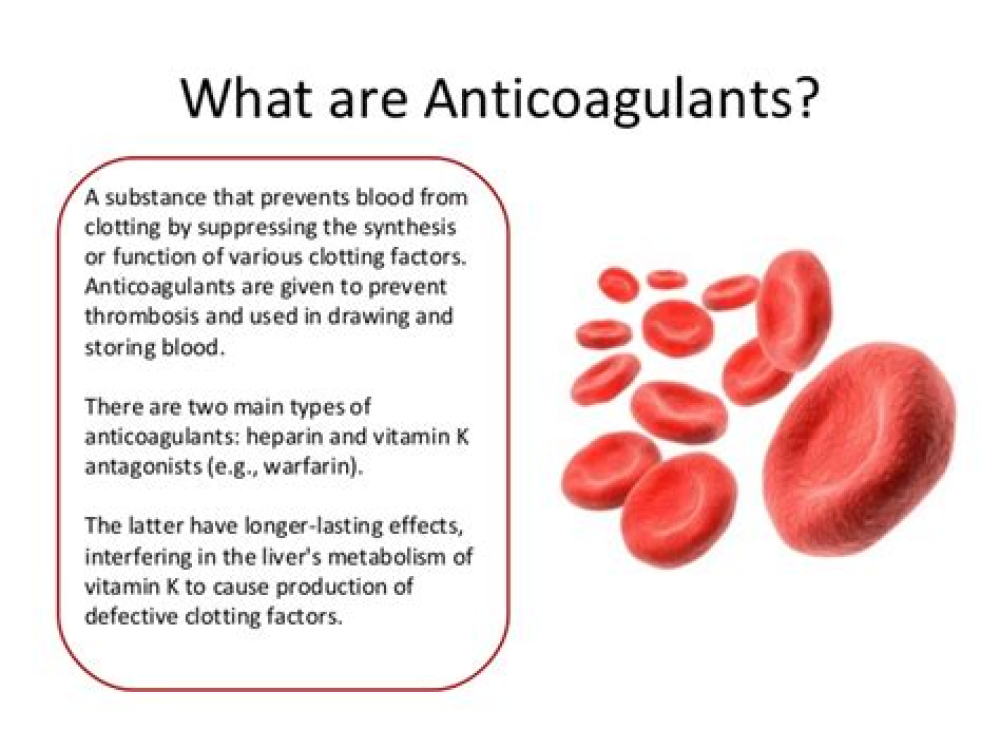Authors: Dhauna P. Karam, MD1
Incidence of thrombotic complications in patients with COVID-19 who are critically ill is high, with an estimated incidence of 31% for arterial or venous thromboembolism (VTE), acute pulmonary embolism, ischemic stroke, and myocardial infarction. On the basis of the study by Klok et al,1 pulmonary embolism was the most common thrombotic complication in critically ill patients with COVID-19 despite being on standard anticoagulation. Prevention of thromboembolism with anticoagulants is recommended in all critically ill patients with COVID-19.
The American Society of Hematology (ASH) guideline panel (updated April 7, 2021) recommends prophylactic anticoagulation in all critically ill patients with COVID-19 without suspected or confirmed venous thromboembolism (VTE). ASH defines patients with COVID-19 critical illness as someone who is suffering from a life-threatening condition, typically admitted in an intensive care unit. It is recommended that individualized assessment of the patient’s thrombotic and bleeding risk needs to be performed before deciding on anticoagulation.2 What about hospitalized patients with COVID-19 who are not critically ill? What are some clinical parameters that can be used to guide decisions on anticoagulant use in such patients?
The accompanying manuscript by Gaddh et al3 reports guidelines used in a large academic institution, Emory University School of Medicine, Atlanta, Georgia, to determine anticoagulation in hospitalized patients with COVID-19. The guidelines were created by a multidisciplinary panel of experts and were incorporated into frontline care at Emory. The three-tiered algorithm was used to risk stratify patients admitted with a primary diagnosis of COVID-19. It was not recommended for use in patients incidentally found to have COVID-19 during hospitalization for other causes. On the basis of the guidelines, patients with normal D-dimer, no evidence of thromboembolism and not critically ill were given prophylactic anticoagulation (group 1). Patients with elevated D-dimer (> 6 times upper limit normal) with no evidence of thromboembolism and not critically ill were given intermediate-dose anticoagulation. Patients critically ill without any evidence of thromboembolism and without elevation of D-dimer were also given intermediate-dose anticoagulation. Patients with confirmed thromboembolism or those with other markers of possible thromboembolism (worsening hypoxia or pulmonary status without identifiable cause and limb edema) received therapeutic anticoagulation. Anticoagulation was continued for 1 week after discharge in group 1 patients. Group 2 received anticoagulation for 4-6 weeks after discharge. Finally, group 3 received anticoagulation for minimum 3 months postdischarge. Preliminary findings revealed low bleeding complications. Data on type of anticoagulant used, incidence of thromboembolism in the hospitalized group following the above guidelines, and improvement in morbidity and mortality rates were not provided. The algorithm is a simple, practical statement, which can guide frontline caregivers until evidence-based recommendations become available. Group 1 and 3 recommendations are supported by major organizational guidelines such as ASH and International Society on Thrombosis and Haemostasis (ISTH). Preliminary guidelines from these organizations refrain from commenting strongly on intermediate-dose anticoagulation in the absence of supporting data from clinical trials but do support anticoagulant dose escalation on the basis of clinician’s assessment for high-risk patients.2,4
For More Information: https://ascopubs.org/doi/full/10.1200/OP.21.00359
